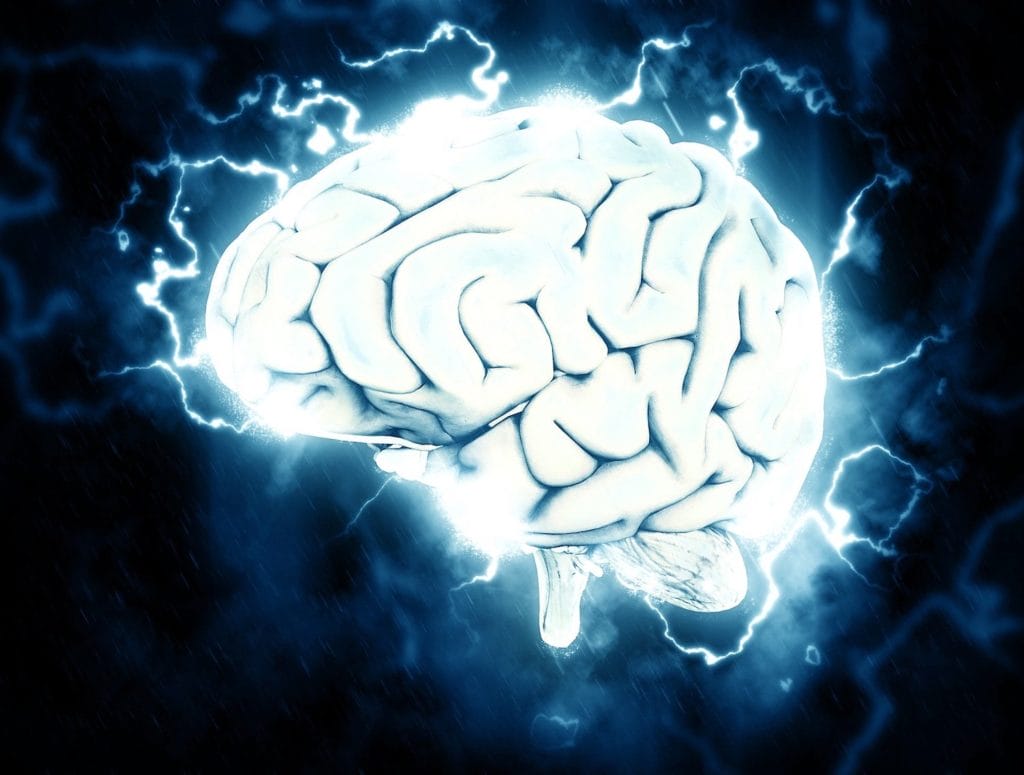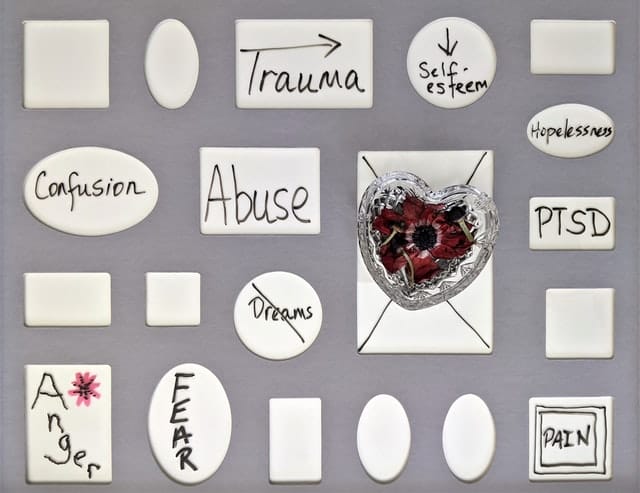Have you ever heard the expression “flip your lid”? Have you ever flipped your lid? “Flipping your lid” means to lose control, fly off the handle, or freak out. But did you know that when you feel anxious, experience trauma, or have a panic attack, your brain flips its actual lid?

The brain consists of several parts. The outer part, your prefrontal cortex, is like the lid. It’s often referred to as the primate or human brain because it’s responsible for all of your high-level abilities—thinking and reasoning, navigating cause and effect, and making sound decisions.
Underneath that lid is our middle brain, or limbic system. This part of our brain includes the hippocampus, amygdala, and hypothalamus and is responsible for our emotions, learning, memory, and alerting us to danger.
Lastly, our brainstem, or reptile brain, is instinctual and activates our fight, flight, and freeze responses.
How Anxiety, Fear, and Trauma in Our Brain Affects Our Bodies

When we experience anxiety, fear, or trauma in our bodies, our prefrontal cortex becomes useless. Our lid flips, we lose our ability to think rationally, and our lower brain takes over. Our bodies automatically respond with either fight by becoming aggressive, frustrated, or irritable; flight by becoming defensive or avoiding the situation; or freeze by shutting down physically or emotionally or becoming numb. Because of this lid-flipping, we can’t outthink anxiety, fear, or trauma; it’s not physiologically possible.
Because of our strong mind-body connection, we all have automatic somatic responses when we experience trauma—our heart rate goes up, we get flushed, our stomachs ache, or we get tension in our muscles. And it’s important to note that the trauma our minds and bodies experience isn’t always caused by a big, specific event; we can experience trauma whenever we feel “big feelings.”
According to Dr. Bessel van der Kolk, author of The Body Keeps the Score: Brain, Mind, and Body in the Healing of Trauma, trauma doesn’t live in the part of the brain concerned with reason and insight; it lives in the part of the brain concerned with shaping our temperament and dispositions, automatic reactions, and how we interpret the world.
How to Regulate and Return to Calm
So what can we do when faced with fear, anxiety, or panic? We can help our bodies regulate. Somatic experiencing practitioner Patti Elledge describes regulation as “the nervous system’s ability to navigate the highs and lows of activation and return to calm.”
One technique that can help you return to calm is grounding. Grounding uses the five senses to help you recenter yourself to the present moment. Begin with your sense of sight and identify a few things you can see that are calming to you, things you like. Then gradually move on to your sense of hearing, smell, taste, and touch. For touch, begin with the internal sense of touch (sensations in your body) then shift to the external sense of touch. This technique will become more effective and efficient with practice because your brain will begin to anticipate it as the process of returning to calm.
How We Can Help

At The Finding Place Counseling, we understand how trauma affects your brain and your body. In addition to talk therapy, our trained trauma therapists use eye movement desensitization reprocessing (EMDR) and brainspotting techniques, which are both highly effective trauma treatments. Using EMDR and brainspotting techniques, our therapists can actually identify the part of the brain where your trauma is stored and help you lessen and resolve that trauma.
If you are experiencing panic attacks or have trauma that you need help resolving, please contact us. We offer therapeutic services both in our offices and via telehealth appointments. We are here to help you return to calm.






